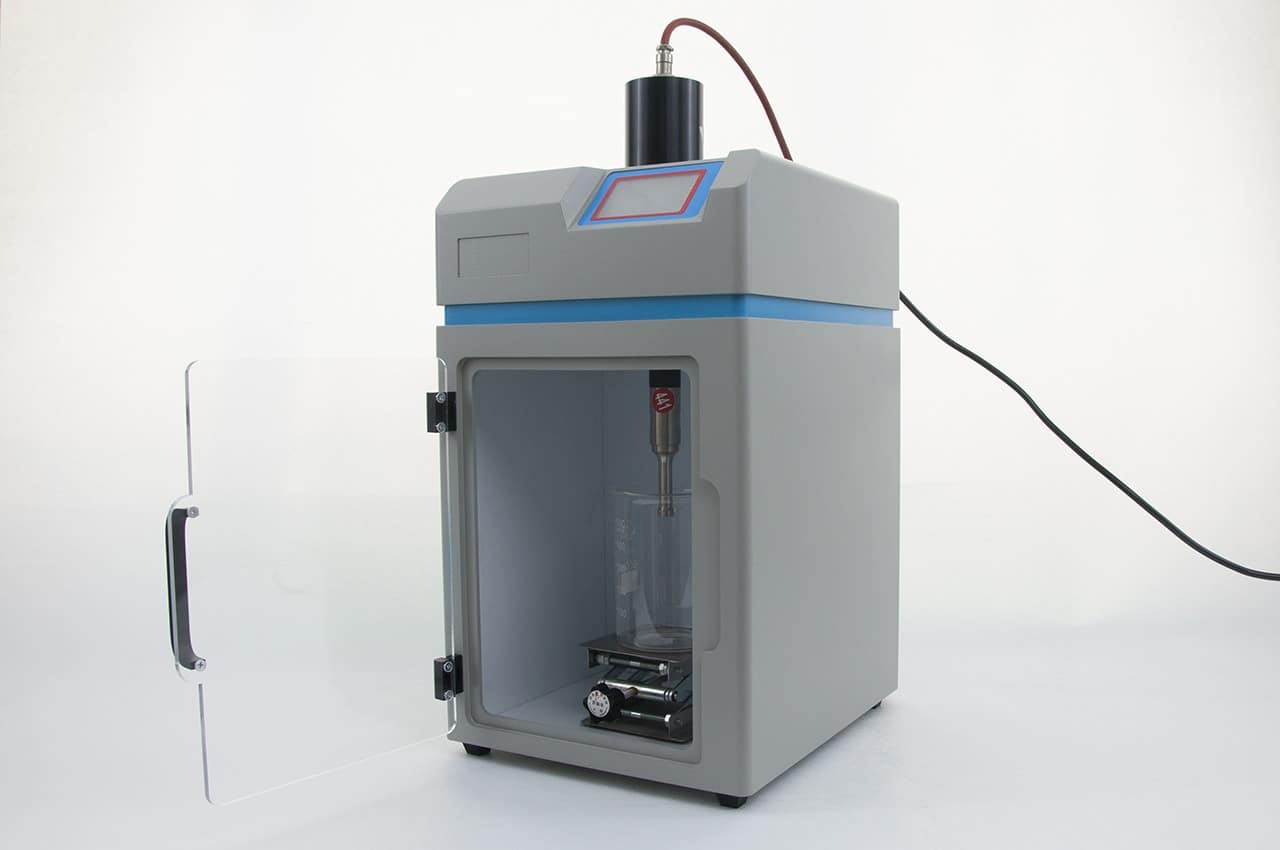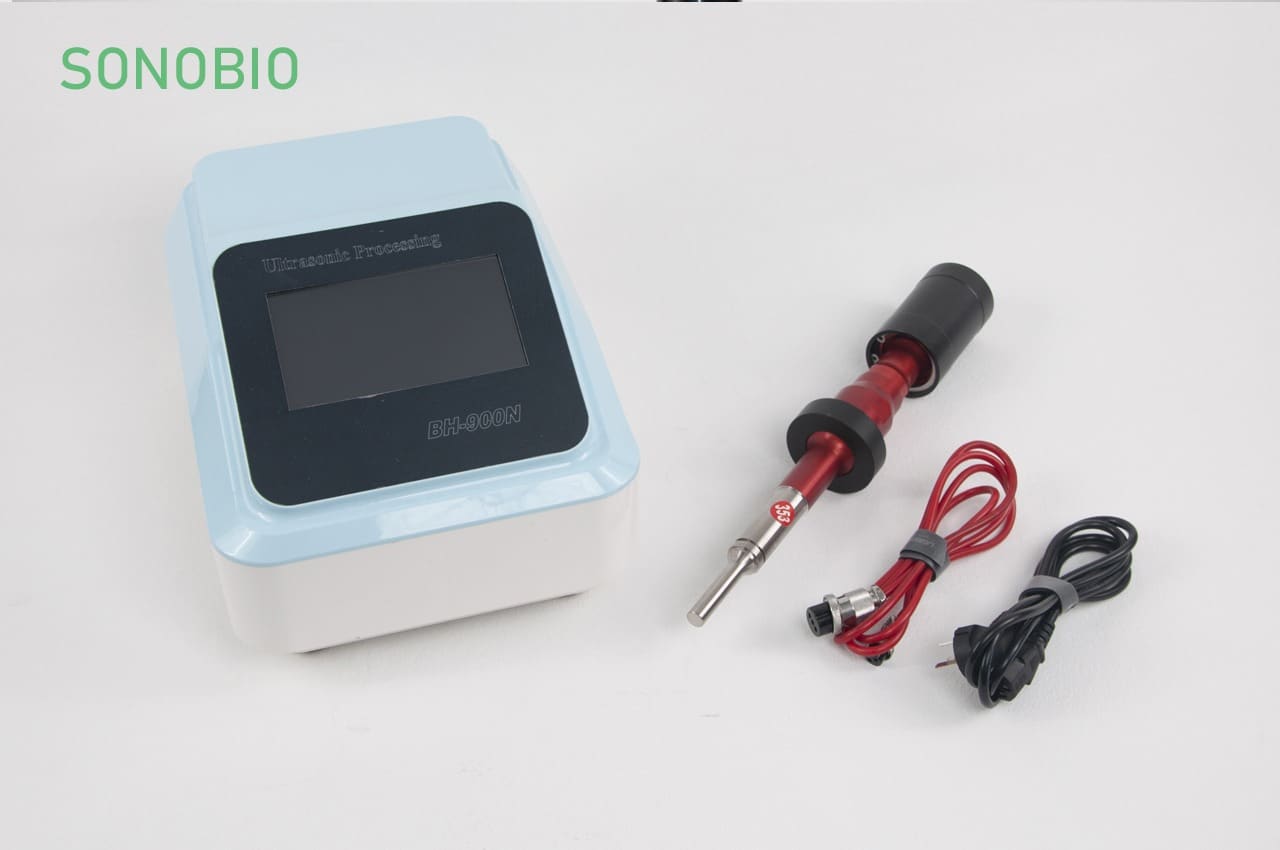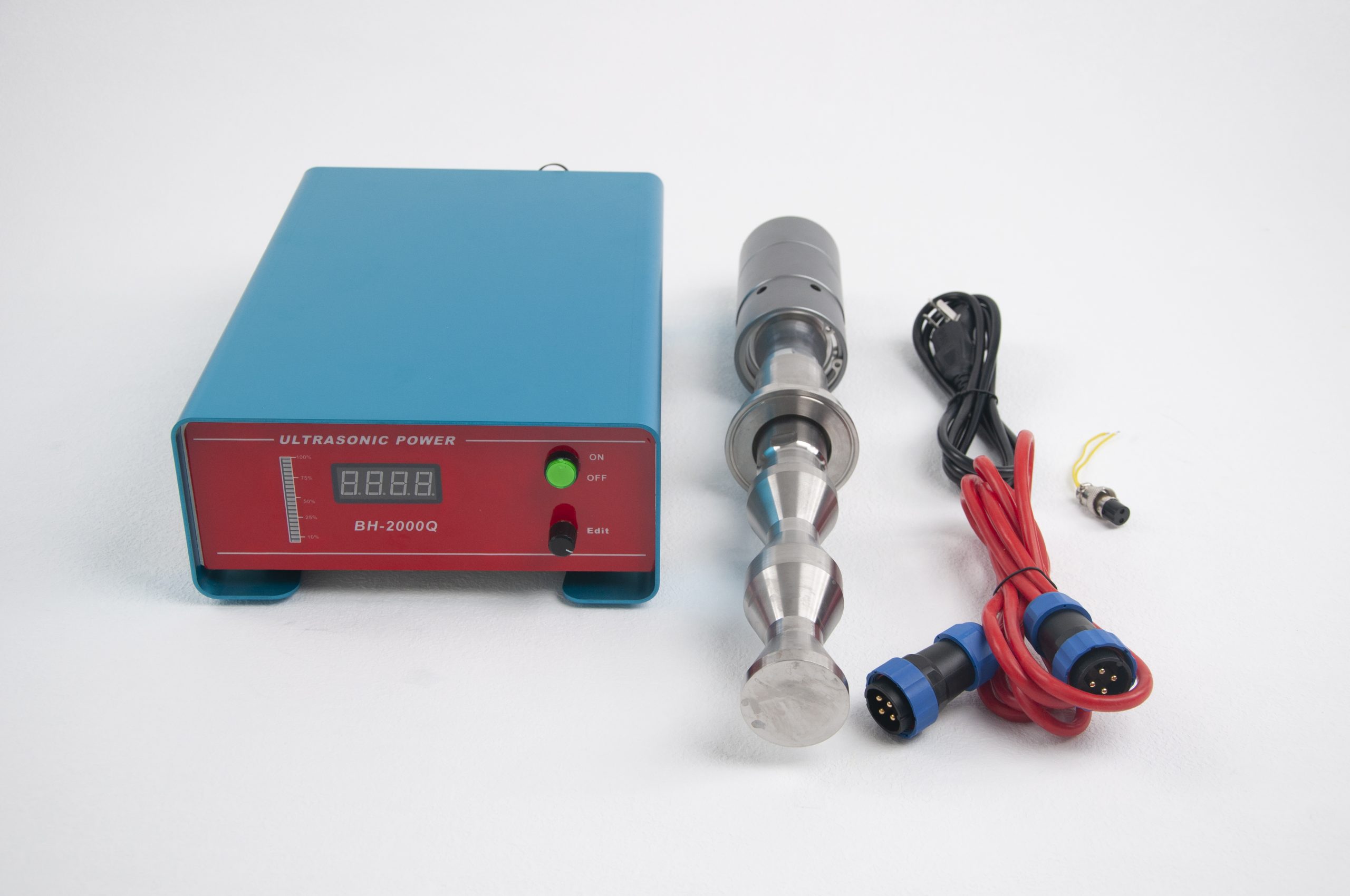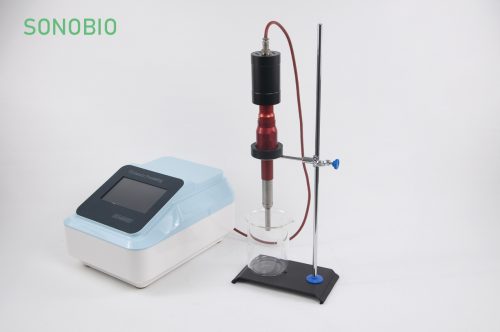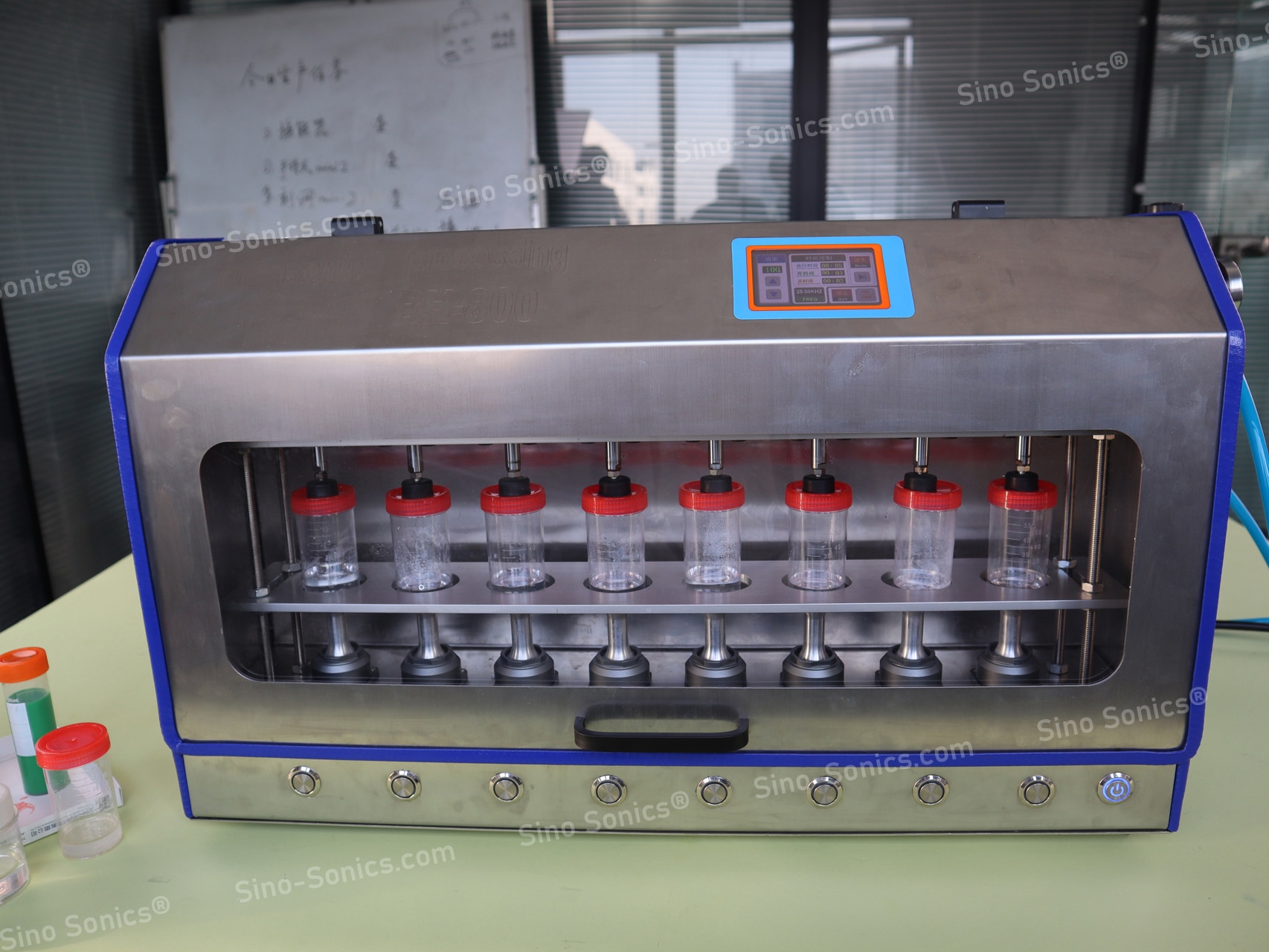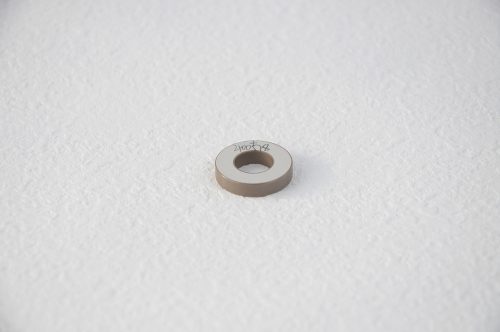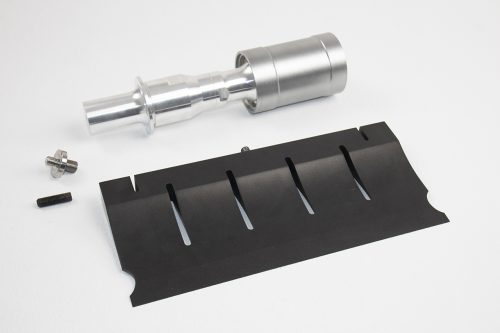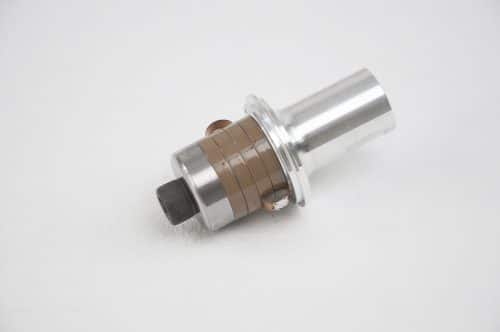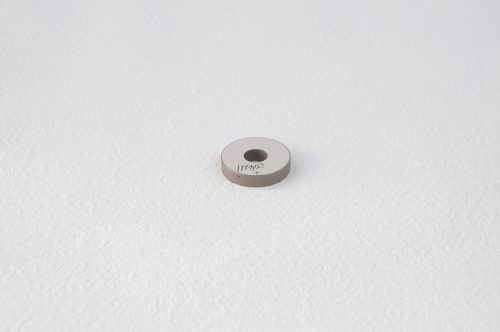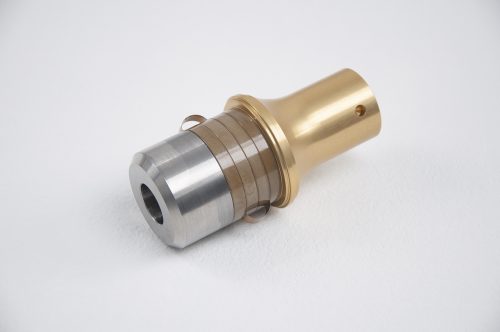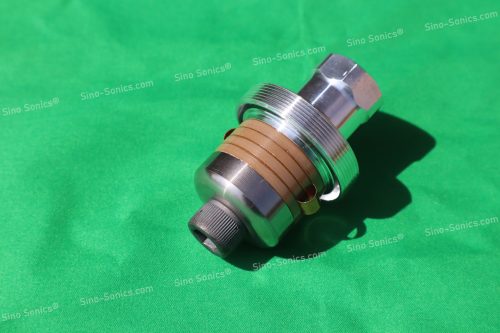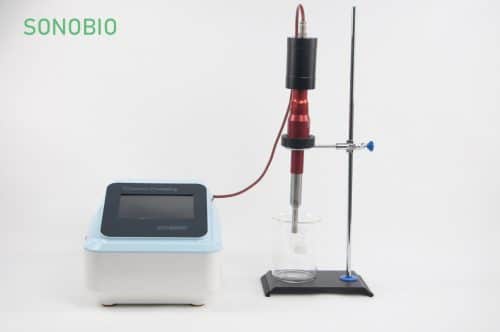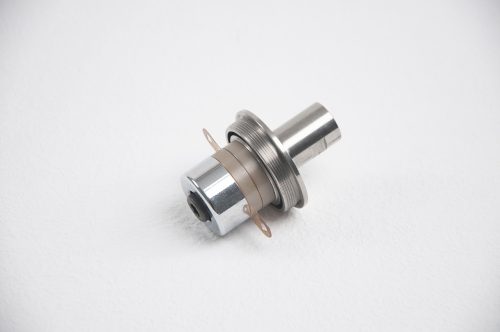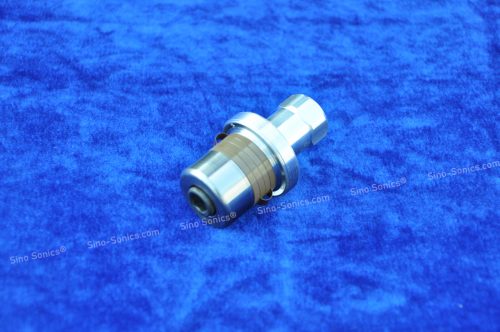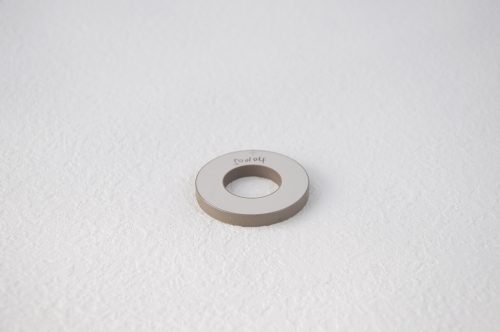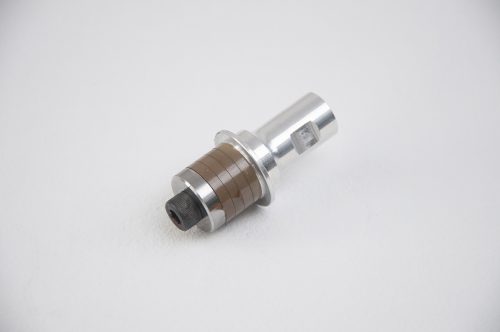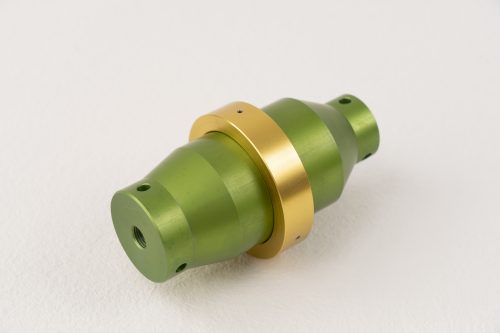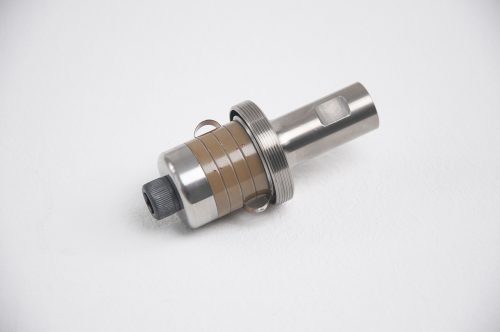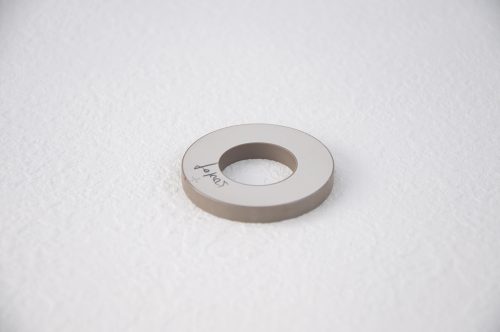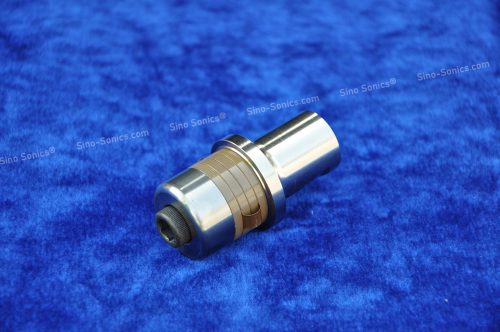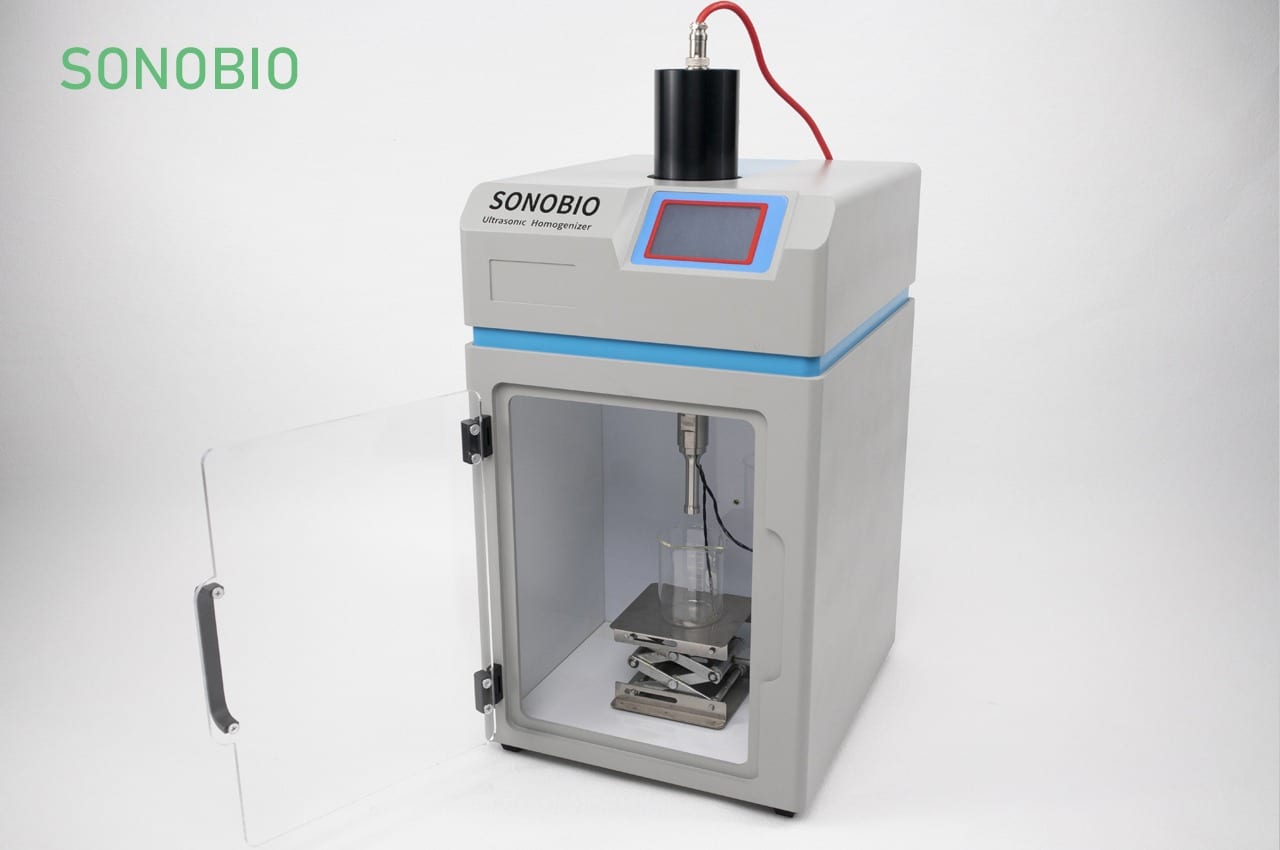
Ultrasonic homogenizers
Ultrasonic homogenizers are powerful laboratory tools used for the preparation of homogeneous samples. They are also known as sonicators, sonic lyser, or ultrasonic disruptors. These devices operate by generating high-frequency sound waves that are introduced into the sample, resulting in the formation of microscopic bubbles. These bubbles then rapidly expand and collapse, producing localized shockwaves and shear forces that break apart the particles and disrupt the sample.
Ultrasonic homogenizers are used in a variety of applications, including sample preparation for chemical analysis, cell lysis, emulsification, and dispersion. In the food industry, they are used for the production of homogenized dairy products, such as milk and cream, and for the emulsification of oils and fats. In the pharmaceutical industry, they are used for the preparation of drug formulations and for the homogenization of vaccines. They are also used in the biotechnology industry for cell disruption and DNA fragmentation.
The effectiveness of ultrasonic homogenizers depends on several factors, including the frequency and power of the ultrasonic waves, the size and shape of the sample container, and the properties of the sample being homogenized. In general, higher frequencies and powers are associated with greater disruption, but also increased risk of sample heating and degradation.
Ultrasonic homogenizers are typically available in two configurations: probe and bath. Probe homogenizers consist of a handheld probe that is inserted directly into the sample container, while bath homogenizers consist of a water bath that is used to surround the sample container. The choice of homogenizer configuration depends on the volume and viscosity of the sample being homogenized.
In conclusion, ultrasonic homogenizers are powerful laboratory tools that are widely used in various industries for the preparation of homogeneous samples. They operate by generating high-frequency sound waves that produce localized shockwaves and shear forces, which disrupt the sample. The effectiveness of ultrasonic homogenizers depends on several factors, including the frequency and power of the ultrasonic waves, the size and shape of the sample container, and the properties of the sample being homogenized. Researchers should carefully consider these factors when selecting an ultrasonic homogenizer for their specific application.
Sources:
[1] “Ultrasonic homogenizer”, Wikipedia, https://en.wikipedia.org/wiki/Ultrasonic_homogenizer
[2] “Ultrasonic Homogenizer” by The Free Dictionary by Farlex URL: https://encyclopedia2.thefreedictionary.com/Ultrasonic+Homogenizer

